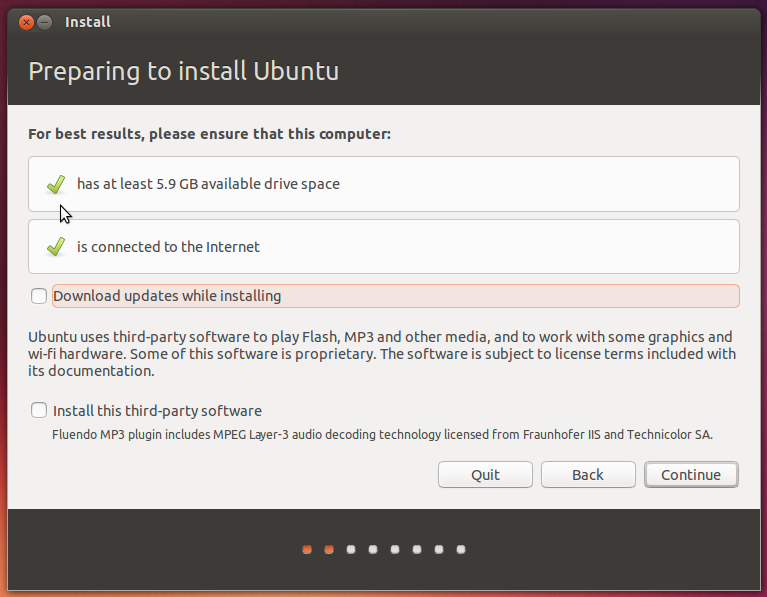

– The filesystem type (xfs, ext4 etc.).– The directory that is to act as the mount point for the filesystem.– The device on which the filesystem is to be mounted.

These entries can be summarized as follows: It can take a very long time to complete the fsck process on a large file system, potentially leading to unacceptable down time. This is data that was being used by an application but the system no longer knows where it was referenced from. First, the fsck utility will not always be able to repair damage and you will end up with data in the lost+found directory. If it finds a corrupt entry it will attempt to fix the problem. The fsck utility will scan the entire filesystem validating all entries and making sure that blocks are allocated and referenced correctly. The problem with a nonjournaled file system is that following a crash the fsck (filesystem consistency check) utility has to be run. Both the size and volume of data stored on disk drives has grown exponentially over the years. There are a number of advantages to using a journaling file system. 1.5 An Overview of Journaled File SystemsĪ journaling filesystem keeps a journal or log of the changes that are being made to the filesystem during disk writing that can be used to rapidly reconstruct corruptions that may occur due to events such as a system crash or power outage. XFS is a high performance file system and includes a number of advantages in terms of parallel I/O performance and the use of journaling. In this case we have created an XFS file system. Realtime =none extsz=4096 blocks=0, rtextents=0 Log =internal log bsize=4096 blocks=2560, version=2 Naming =version 2 bsize=4096 ascii-ci=0, ftype=1 The following is output from a typical system with only one disk drive connected to a SATA controller: For example, the first device might be /dev/sda, the second /dev/sdb and so on. Typically, the disk drives in a system are assigned device names beginning hd or sd followed by a letter to indicate the device number. Once added, the new drive should automatically be detected by the operating system. This tutorial assumes that a new physical or virtual hard drive has been installed on the system and is visible to the operating system. This topic will be discussed in detail in “Adding a New Disk to an Ubuntu Volume Group and Logical Volume”.

Using this approach we are able, therefore, to increase the size of the /home file system by allocating some or all of the space on the new disk to the home volume. By configuring the new disk as part of a volume group we are able to increase the disk space available to the existing logical volumes. Within this volume group are two logical volumes named root and swap_1 that are used to store the / and swap partitions respectively. When Ubuntu is installed with the logical volume management option selected a volume group is created and named vgubuntu. This approach will be covered in this chapter.Īnother approach is to add the new space to an existing volume group or create a new volume group. One very simple method is to create one or more Linux partitions on the new drive, create Linux file systems on those partitions and then mount them at specific mount points so that they can be accessed. There are two ways to configure a new disk drive on an Ubuntu system. 1.1 Mounted File Systems or Logical Volumes In the next two chapters we will look at the steps necessary to configure Ubuntu to use the space provided via the installation of a new physical or virtual disk drive. Fortunately disk space is now one of the cheapest IT commodities. One of the first problems encountered by users and system administrators these days is that systems tend to run out of disk space to store data.


 0 kommentar(er)
0 kommentar(er)
